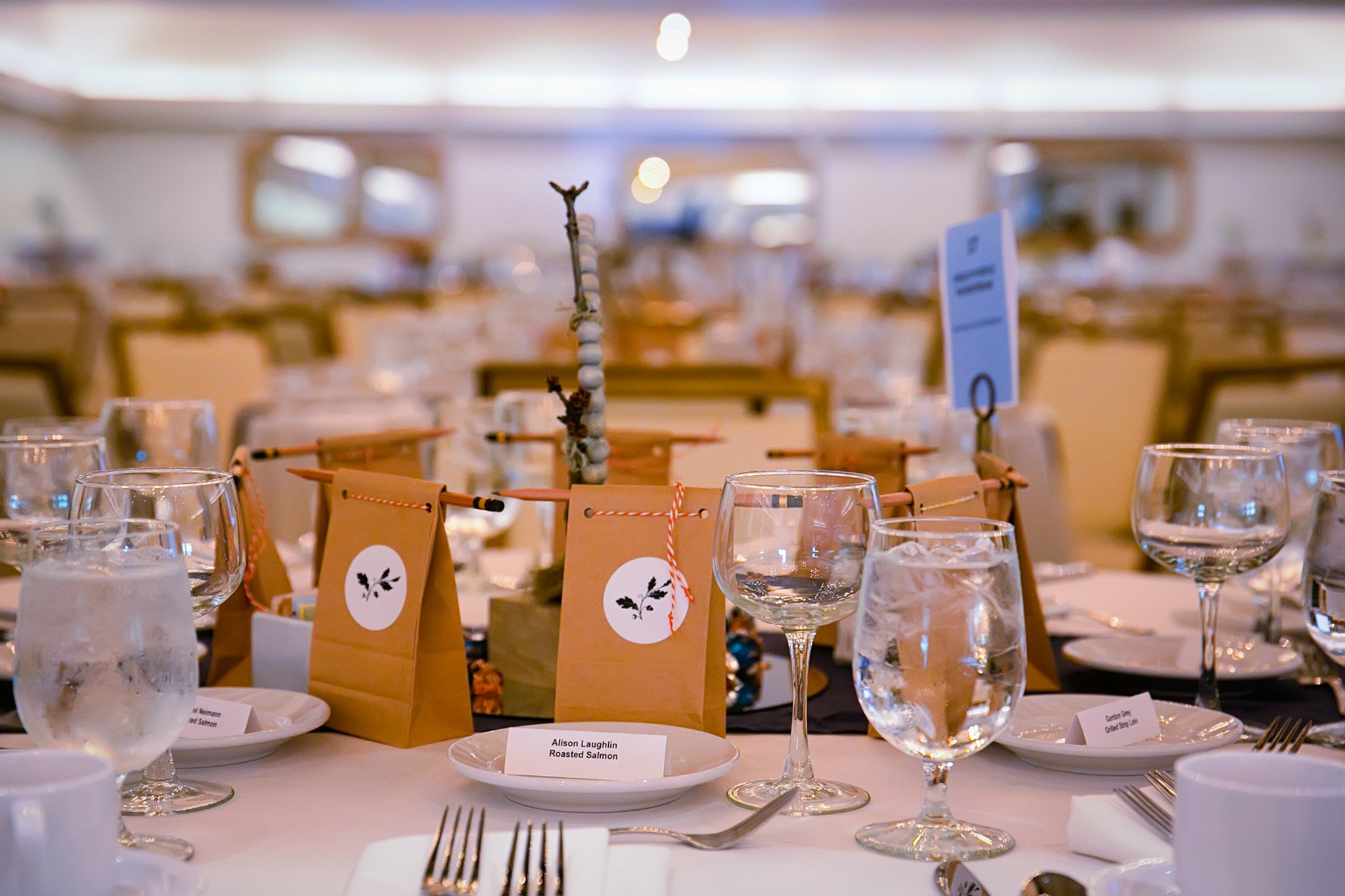June 24, 2018
Enjoy this report from the field by Norm Barrett, volunteer dragonfly hike guide. It is full of photos, descriptions, and tips for identifying these prehistoric insects. Not only are dragonflies beneficial to other wildlife and humans, they are also good indicator species of aquatic health. In this report find out what the difference is between damselflies and dragonflies, what a "Baskettail” is, how to tell the difference between males and females of certain species, and more.
Thanks to everybody who participated in the Rogue River Preserve Dragonfly Walk on June 24, 2018. Weather turned out to be a bit hot for both us and the dragonflies but we all survived and saw a good variety of species. Dry conditions cut back on the numbers and variety of species but it was still a successful safari. Below is a list of species we saw on the walk, with accompanying photos. I confess that most of these pictures were not taken during this year’s walk but most are from previous walks on the Preserve. By the way, a special thanks to my highly successful team of netters that kept me well supplied with specimens to show everyone.
TRUE DRAGONFLIES
RED-VEINED MEADOWHAWK
The Red-veined Meadowhawk was the first species we encountered on the walk. Normally we have several, mostly juveniles, in the meadows. This year we had a single, male with badly frayed wings. I suspect the heat and dry conditions have driven the young to cooler sites.
BLUE-EYED DARNER
The only darner we saw was foraging over the first main meadow we walked through on the way to the river. Sadly we were unable to net it. Netting flying darners is no small feat! Not everybody got to see dragonflies breeding so I have included this picture from the 2016 trek. This position is called the wheel, or the heart, or being in copula if you want to get technical. In this position the female (below) is taking the sperm from the male where he has stored it in the second abdominal segment.
BEAVERPOND BASKETTAIL
The Beaverpond Baskettails we saw were foraging high over the small wet area alongside the river. If we had netted one we would look at the cerci (the sexual appendages at the end of the tail). On this species there is a small downward hook, just visible in this photo that identifies the species.
The name “Baskettail” comes from the female’s body shape. This photo of a female shows how the abdomen spreads out to form a basket that fills with eggs. She then can drop a cluster of eggs all at once.
8-SPOTTED SKIMMER
12-SPOTTED SKIMMER
Several Twelve-spotted Skimmers patrolled up and down the small creek. Two days earlier a female was seen breeding there as well. A few Eight-spotted Skimmers were using the creek as well, providing a challenge/opportunity to learn to tell them apart. These species are named for the number of black spots on their wings. When perched, this is easy to see. The central wing spots on the Eight Spotted Skimmer reach the back of the wing and vaguely resemble an eight. In flight try to look at the wing tips. If the tip is black it is a Twelve-spotted Skimmer. If the wingtip is clear it is an Eight-spotted Skimmer. Good luck seeing the wing tips!
FLAME SKIMMER
CARDINAL MEADOWHAWK
We saw two red dragonflies along the small creek. The first was the Flame Skimmer that we managed to net at the end of the visit. It has a red/orange body with the red forming a large patch on the inner half of the wings. A couple of male Cardinal Meadowhawks were flying along the creek. This species tends to be a redder red (less orange) and has red veins on the front of the wings, instead of a solid colored patch on the wing. If you find one perched, they also have a very obvious white spot on the side of the body (thorax).
BLUE DASHER
Male
Female
Blue Dashers occur predominantly along the small creek where we netted a male and a female. Females are unique in their appearance, having pale yellow/white stripes on a dark brown background. Juveniles look the same but the males develop their blue color as they approach maturity.
WESTERN PONDHAWK
Male
Female
Western Pondhawks were common along the small creek. The blue male was one of two small blue dragonflies seen. The Blue Dasher has a white face. The male Western Pondhawk has a lime green face and a blue body when it is mature. Young ones are all lime green, like the females.
DOT-TAILED WHITEFACE
Only a couple people got to see the Dot-tailed Whiteface at the slough. The photo was taken elsewhere but show how this species likes to perch right by the water. This species demonstrates how many of the local dragonflies have common names that actually make sense; this one has a White face and a white dot on the dark abdomen.
BLACK SADDLEBAGS
Prior to this visit Black Saddlebags had only been seen foraging over the brush at the front gate. This year Jim Livaudais managed to net one (way to go Jim!) along the small creek. This was a breeding male.
DAMSELFLIES
We were also lucky enough to find a few Damselflies, though the dry conditions seemed to have depressed the numbers from last year. Damselflies are small dragonflies that perch with their wings folded back, against or above their body. They also have long, needle thin abdomens and their eyes stick way out on the sides of the head.
PACIFIC FORKTAIL
Male
Female
Forktails are the smallest of the dragonflies in Oregon and the Pacific Forktail is the smallest of the Forktails. Male Forktails are easy to separate from other damselflies because of the dark abdomen with the bright blue on the last 2 or three segments. Females, on the other hand, come in a variety of colors and patterns. Some show the same color and pattern as the males. With Pacific Forktails, this means a black front of the thorax and small blue dots on it. Other Pacific Forktails have striped thoraxes, like the one above. They can be tan, pale blue, orange, and even red. It helps if they are hanging out with a male!
VIVID DANCER
During past surveys there were a lot of Vivid Dancers at the creek. This year only one was netted. Vivid Dancers are easily identified in Oregon by the small black triangles on each of the abdominal segments. This is a pair of Vivid Dancers in the courtship phase of their relationship. If she accepts him she will curl her abdomen forward for the sperm exchange. They are one of the dragonfly species that remain joined during egg laying. Note how the wings are above the body when resting, identifying them as dancers.










